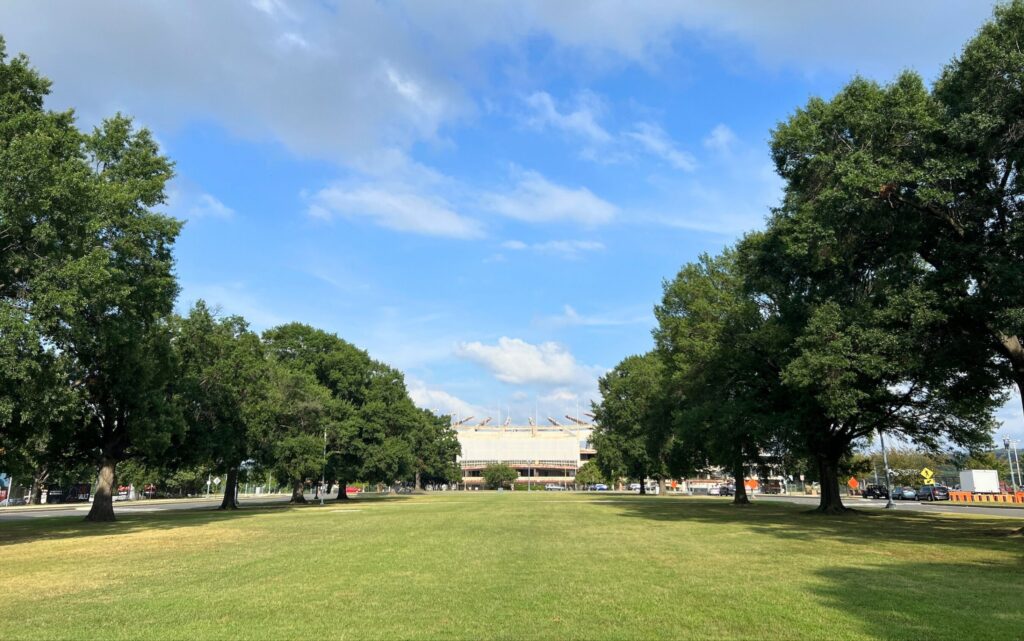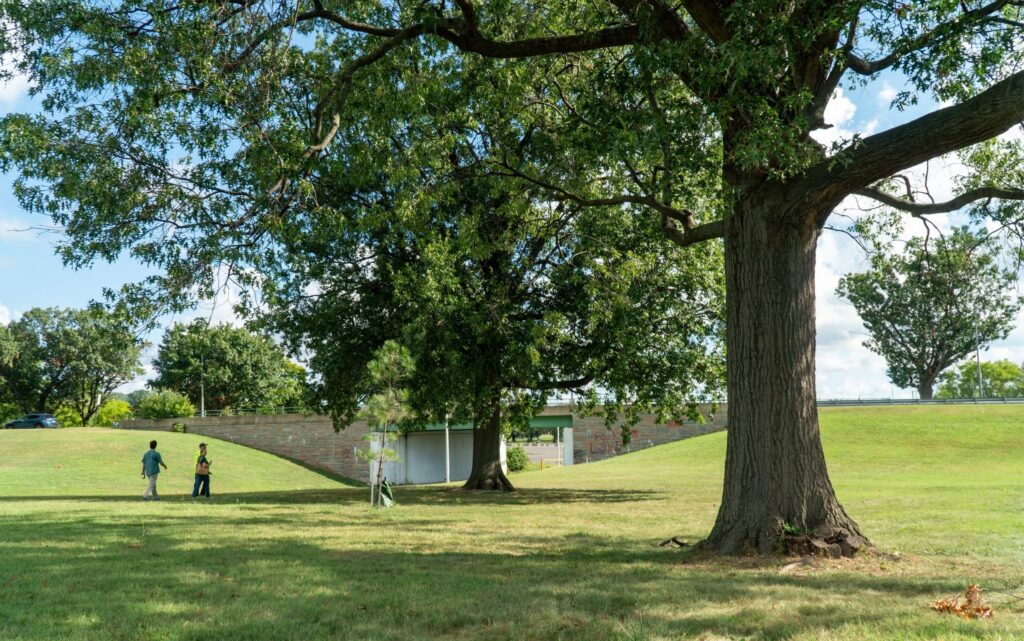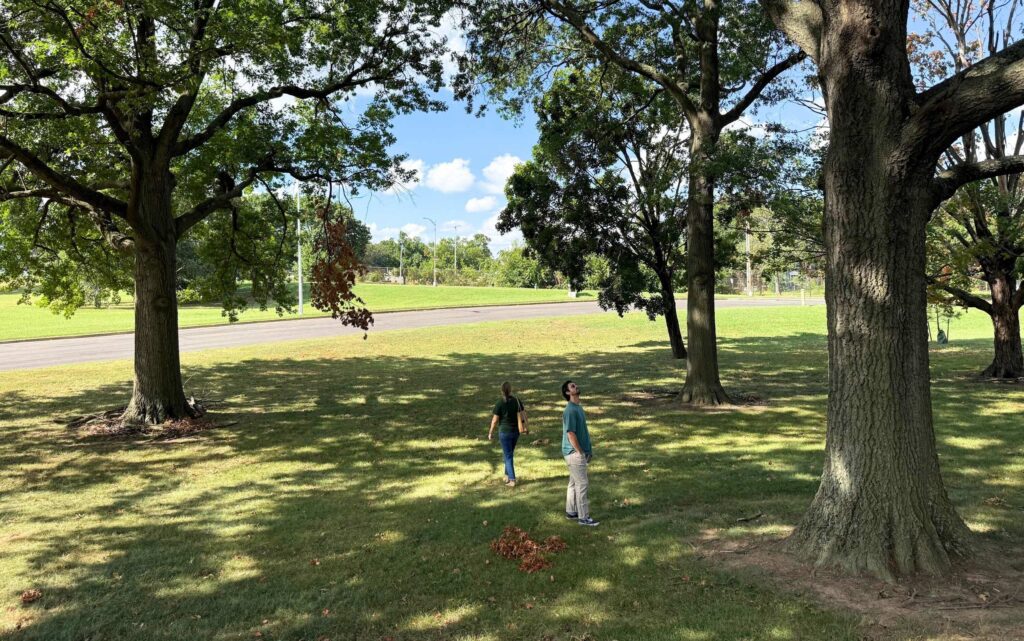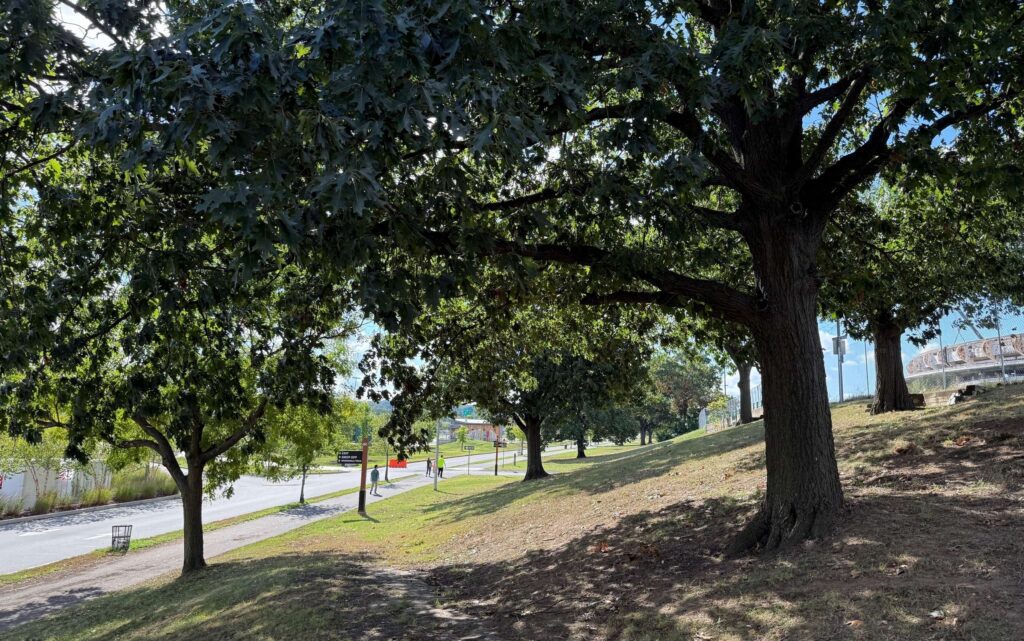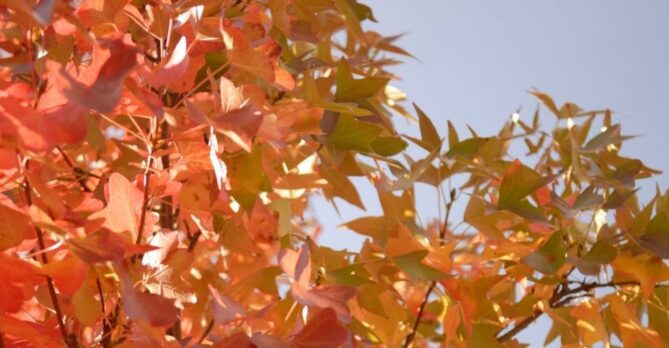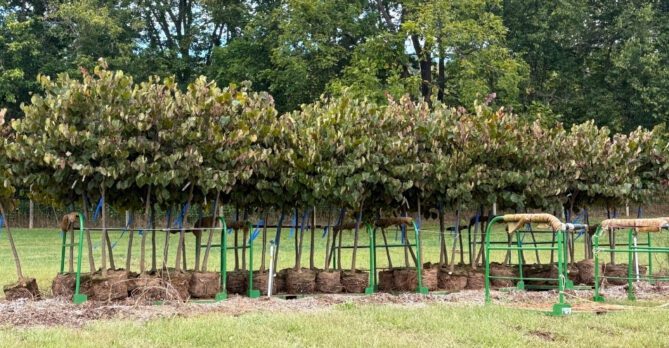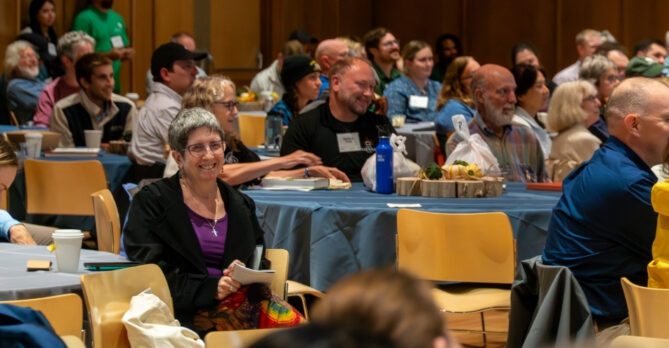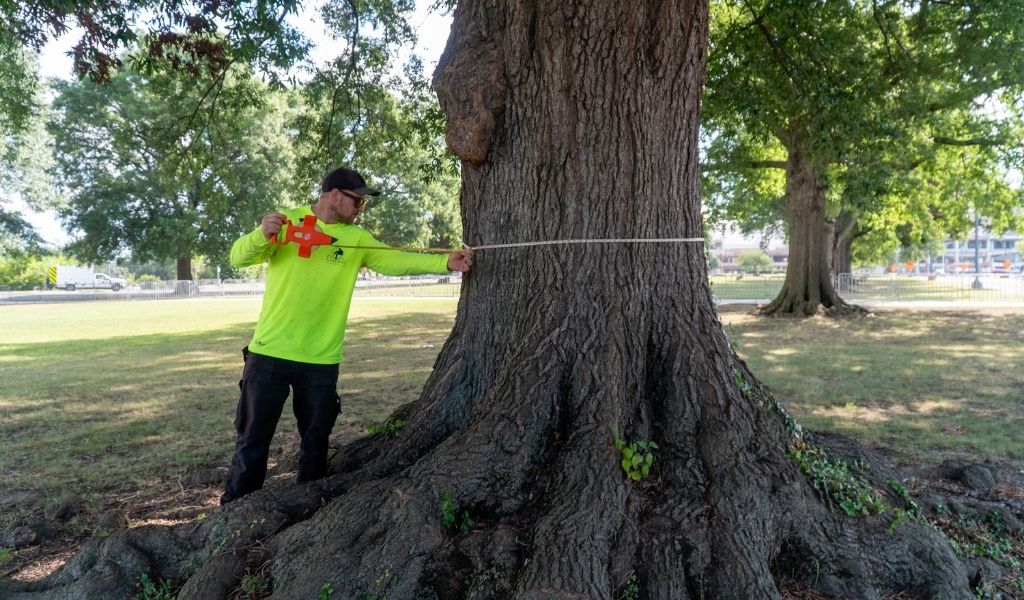
UPDATE: On September 15, the DC Council approved the redevelopment of the RFK campus. Unfortunately, despite a groundswell of support, the Heritage Tree exemption was included in the final legislation. However, that same day, the Commanders issued a letter with commitments to protect as many Heritage Trees as possible, maintain large areas of green space, and implement zero-waste measures. You can read the latest updates about the future of RFK’s trees here.
For more than 60 years, the trees at RFK have been growing into the giants you see today—living landmarks that frame the stadium and provide much-needed relief from the heat.
Now, their fate remains uncertain. Last month, the DC Council advanced legislation granting developers blanket permission to cut down at least 30 historic trees without even trying to incorporate them into the new campus. It’s unacceptable.
Over the years, these trees have witnessed five NFC Championship victories, 12 U.S. presidencies, the 1994 FIFA World Cup, John F. Kennedy’s first pitch at a Washington Senators’ baseball game, concerts from the Beatles, Elton John, Michael Jackson, and countless other artists, festivals, rallies, races, and community events.
These trees aren’t just a part of RFK. They are RFK.
Join us in calling on the DC Council to rescind the waiver provision that exempts these trees from the Heritage Tree Law and to preserve as many of the trees as possible by incorporating them into the RFK campus design. The final vote on the RFK stadium legislation is scheduled for Wednesday, September 17.
A FALSE CHOICE
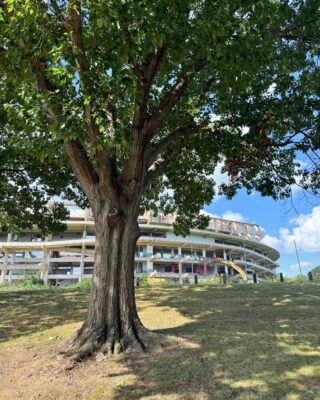
The good news is that we don’t have to choose between building a world‑class stadium and keeping these trees. The majority of the trees in question stand outside of the stadium footprint and could be incorporated into the proposed festival plaza.
Imagine walking down a tree-lined plaza toward a Commanders game or sitting under a tree in a pocket park before a concert. That won’t be possible for another 50 years if these Heritage Trees aren’t preserved.
Other developments in DC have successfully designed around Heritage Trees—and RFK can do the same.
Like the preservation of the historic sand filtration silos at the McMillan redevelopment site, we have an opportunity to honor RFK’s historic trees and demonstrate that thoughtful planning can balance both development and preservation.
As DC residents prepare to invest $1 billion into a sprawling new RFK campus, we should build something we can be proud of—and retain the trees that stand witness to the legacy and history of the site.
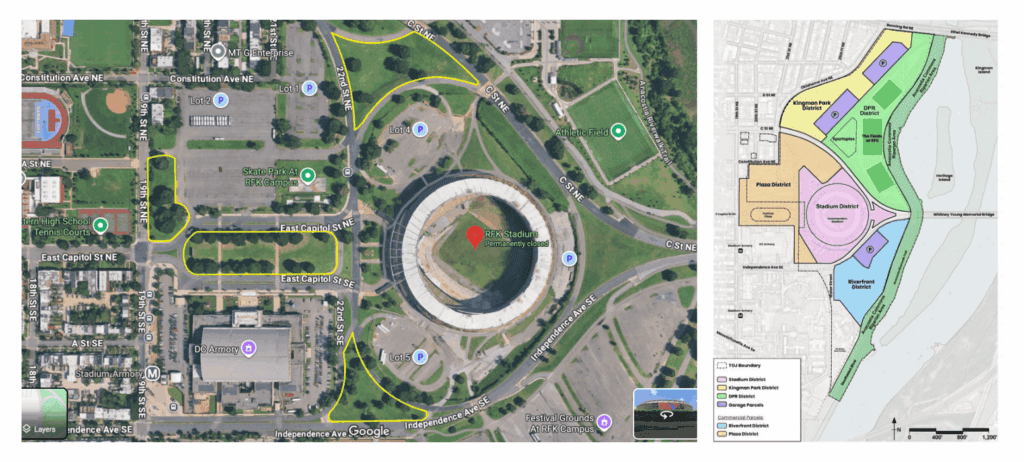
DC Tree Law, Explained
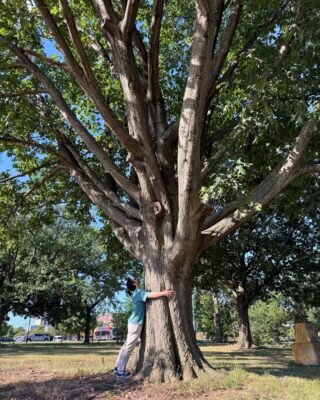
Heritage Trees are the District’s largest and oldest trees, and they are protected under DC law because of the irreplaceable benefits they provide for our common history, health, climate, and quality of life. By law, their removal carries significant fines, reflecting how long it takes for new trees to grow to the same size.
If a Heritage Tree is illegally removed, there is a fine of at least $30,000 ($300 per inch of circumference).
The goal of DC’s tree law is not to prevent new development, but rather, to encourage developers to think before they chop—to see these trees as priceless assets to their designs and properties.
However, recent legislation advanced by the DC Council gives developers broad permission to remove an estimated 31 Heritage Trees, 127 Special Trees, and countless young trees at the RFK site. It also lowers the Heritage Tree removal fine to that of a Special Tree ($55 per inch of circumference).
The Council is not only giving blanket permission to remove these trees, but by waiving the Heritage Tree removal fines, it is depriving DC’s Tree Fund of funding that would normally be reinvested into restoring the District’s tree canopy.
When developers get blanket exemptions like this, our tree laws become suggestions instead of protections.
WHY IT MATTERS: BEYOND RFK
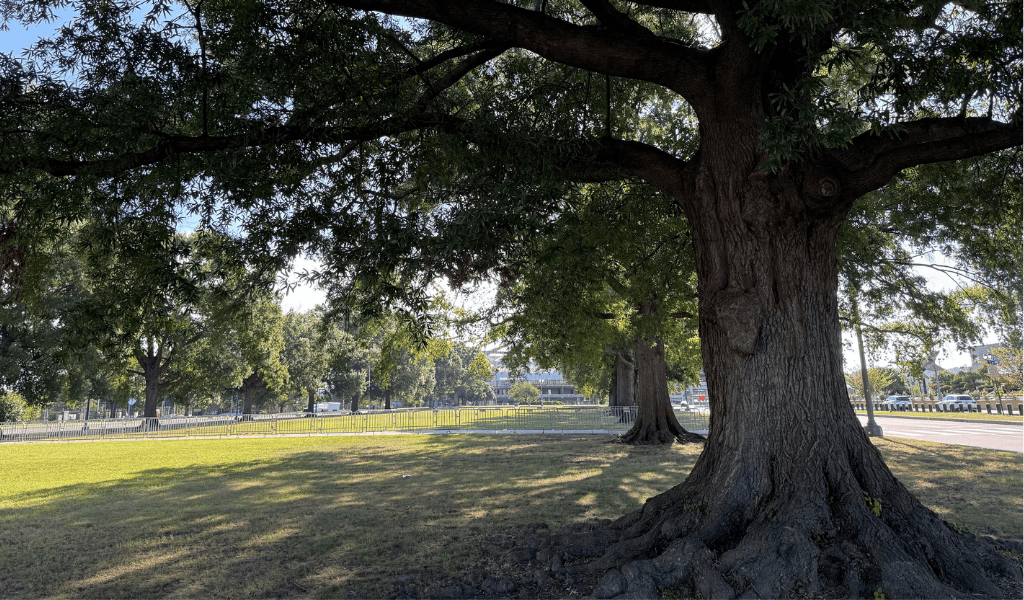
Granting developers blanket permission to remove Heritage Trees both weakens our tree laws and discourages sustainable planning. Developers should be considering each existing Heritage and Special Tree on a case-by-case basis—instead of cutting down everything that took decades to grow.
If left unchecked, this exemption could set a troubling precedent, turning RFK into a blueprint for future unsustainable development across the city.
In the words of Mayor Bowser, “In 177 acres, we can indeed do it all.” So why shouldn’t we have these living landmarks?
The new RFK stadium is slated to open in 2030. But if these Heritage Trees are removed, the tree canopy for this site won’t be whole again until at least 2075—and that’s assuming new trees are planted and survive.
DC is a world-class city—it deserves world-class planning. By preserving these Heritage Trees, the DC Council can ensure that our community continues to benefit from their protection right now, rather than waiting over a half century to get it back.
